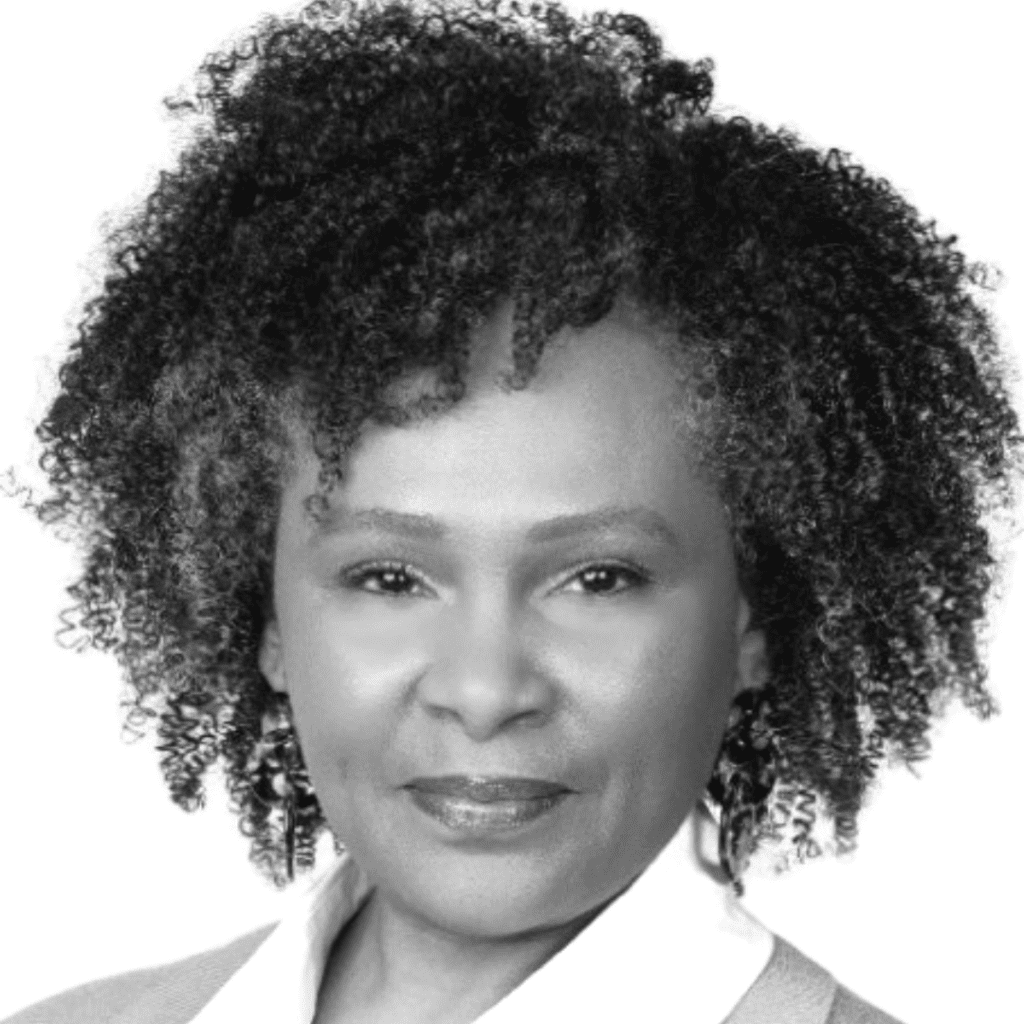Everyone’s talking about Brand Health lately–as they should! Maintaining a business isn’t unlike taking care of a person; it’s sustained by systems, processes, and people working in tandem to reach a common goal. And when it comes to the brand, marketers need to think like healthcare providers – assessing data like vital signs. As a marketer, the amount of data you receive daily is endless, but it’s how you respond to it that matters. There’s a science to maintaining brand health, and it holds greater significance than many functions in business realize.
Sometimes it’s helpful to see how other experts measure brand health, make a case for it, present it back to their CFO and key stakeholders, and balance the short-term and long-term impact. So, let’s get the 411 on how Angelica Beard, Senior Director, Global Insights & Analytics at Visa, and Doug Frisbie, VP, Global Business Marketing at Snap, interpret insights with longevity in mind for their brands.
Q: How do you think about Brand Health on your teams?
Angelica Beard: We consider brand health the reflection of the consumer’s experiences with Visa, within a considerate set of brands and categories. Our brand health system is comprehensive for being a brand as large as Visa and having so many stakeholders. We look at brand health not only amongst our consumer audiences, but also B2B audiences including fintechs, issuers, acquirers, and other strategic partners like the Ubers and Facebooks of the world.
Additionally, we look at Brand Health on a market-by-market basis. Because markets are so different – the payment landscapes are not the same in any two markets across the word. We measure brand in over 60 markets and at least 20 of those are measured on a monthly basis.
Brand Health is strategically important to us because it sits on our company scorecard. It’s vital to ensure people love our brand and view us as the best way to pay and be paid.
Doug Frisbie: Snapchat is our core product, so we look at brand health on two dimensions. The first dimension is with our community. We look here to understand how sticky Snapchat is and how likely we are to retain users as they age. We have a young audience, but we’re always trying to retain them and find new and interesting ways to keep them engaged. The second dimension we examine is on the advertiser side. We to try to understand how advertisers and agencies perceive us and how likely they are to invest and make us part of their plans and campaigns.
Q: How are you talking about Brand Health across the organization?
Doug Frisbie: One of the most valuable things about brand equity is that it’s a forward-looking indicator in a world dominated by many trailing indicators. It’s a harbinger of things to come. This aspect is a valuable currency for us to own within the organization. Like many technology companies, we’re very product oriented, but we found there are a wide range of audiences within the company interested in understanding what our brand health is. That currency helps us have conversations about marketing well beyond the marketing team.
Q: How do you measure Brand Health?
Angelica Beard: Because Visa has a large brand measurement ecosystem, we don’t measure brand health based on one study or survey. We have a core measurement tracker, and we use several different diagnostics to help us understand what the numbers mean in any one market.
We complement our core brand health survey with neuroscience, implicit response techniques, and data science. We also work with a data science team at Visa to ensure we understand and correlate what consumers tell us with what they do. This is how we prove the power of brand and the power of brand perceptions. For instance, we know how much payment volume is driven by consumers who love versus consumers who like Visa.
Doug Frisbie: Our marketing team at Snap runs a tracker on the consumer side across a few dozen markets – some of them on a monthly basis, and less frequently on the advertiser side. Doing it this way creates a pipeline of insights we can track on a regular basis.
We also create consistency between our brand health trackers and how we’re measuring individual marketing campaigns and initiatives. This allows us to extrapolate results from something we’re trying, testing, or running. These insights help develop the hypothesis that it can drive brand equity.
Q: How do you make the case for investment in brand health, both short-and long-term impact?
Angelica Beard: Making a case for investment in Brand Health is as simple as showing key stakeholders where the money is and where the connection is. We do that by looking at data and correlating that with what consumers tell us. We have it down to a science. If a customer tells you they used Visa in the last week, they will likely use it another 29 times next month.
Moreso, we put away the researcher speak and put it in layperson’s terms and most importantly, make it actionable. We have to bring them along the way and help them understand and get their input. If you co-create solutions, they are more likely to invest.
Three ways to make the case for investment in brand health
By Doug Frisbie
- Create a connection between brand health and core business metrics through data.
- Correlate marketing activities and brand health metrics.
- Champion the test and learn approach or ‘Now, Next, New’ framework.
Q: From your experience, what drives Brand Health?
Angelica Beard: Drivers of brand health include controllable and uncontrollable factors. Increasing ownership, media investment, and physical & online prominence with smart messaging are all under our control. However, any large brand can be impacted by socioeconomic forces such as consumer sentiment, retail sales, and competitive activity. We work with our marketing teams to develop strategies to drive the controllable influences and mitigate the uncontrollable influences on brand health.
Doug Frisbie: The two common drivers of brand health are the product experience for consumers and the effectiveness of advertising on the advertiser and agency side. But one of the most valuable drivers for us has been using brand health – and the insights we’re gathering – to understand some intangible aspects, such as relevance and momentum.
We live in a world of TikTok, Instagram, and other companies that are changing rapidly. The ability to stay relevant in people’s lives and understand how we maintain and grow our momentum as a company is difficult to measure. However, brand health tracking has been extremely valuable in helping us do that.
Ask Yourself: Do I have a healthy brand?
By Angelica Beard and Doug Frisbie
5 Brand Health Vital Signs
The healthier the brand, the easier the items below will be. Rank each item on a scale of 0-10. Zero being no effort required, and ten feeling impossible. The items with a higher score represent areas in your brand that needs to be strengthened.
1. Loyalty & Retention
2. Raising Prices
3. Introducing New Products
4. Weathering a Misstep
5. Competing Against a Similar Brand
Brand Health Assessment
Take it a step further. Go through these questions individually and as a team. Answer openly and honestly if your brand meets these core competencies of Brand Health. Discuss how you can improve.
– Does your target audience know who you are?
– Can they say who you are without being prompted?
– Do they advocate for you and talk about you to others?
– Has your consumer base shifted to a community?
– Do they see you as innovative and differentiated?
– Are you relevant from a functional and an emotional perspective?
___________________________________
The 411 virtual events are hosted by Jennie Stark, the Senior Director of the MTM Program at 24 Seven. They are designed for Marketing Managers to bring value, direction, and inspiration to their teams from insightful conversations with top marketing leaders. Each event contains insights on different disciplines, such as what brands are focused on, leading teams, measuring success, and more.
About the Experts
Angelica Beard, Senior Director, Global Insights & Analytics at Visa

If there were one topic Angelica could talk about all day, it would be Brand Health. Her curious nature gets to run free through her research work at Visa. When we asked her to introduce herself, she, of course, started in that same nature: “Have you ever wondered what’s in someone’s wallet? For instance, do they keep lottery tickets folded inside, hoping they got their numbers wrong?” She paused. “I do. I get paid to be curious about what is in people’s wallets and how they use them.”
Angelica lives in the Bay Area (her favorite place on earth) and has led Strategic Marketing Insights at Visa for four and a half years. She has been in the industry as a market researcher for 25 years and has worked for several companies, including Capital One, Kodak, and Verizon.
Doug Frisbie, VP, Global Business Marketing at Snap

Doug Frisbie is a Brand Health connoisseur. He leads Snap’s Global Business Marketing team and has worked there for the last two years. His team is responsible for marketing to advertisers and agencies around the world. Before that, he spent 11 years at Meta and several years at Toyota doing brand marketing. He and Angelica share a common sentiment for the Bay Area – where he feels lucky to call home.
Marketers That Matter® is a community of top marketing executives coming together to pioneer the future of marketing, sharing real-time experiences, and solving current challenges.
Our parent company, 24 Seven, specializes in helping you find exceptional marketing and creative talent for your teams.


